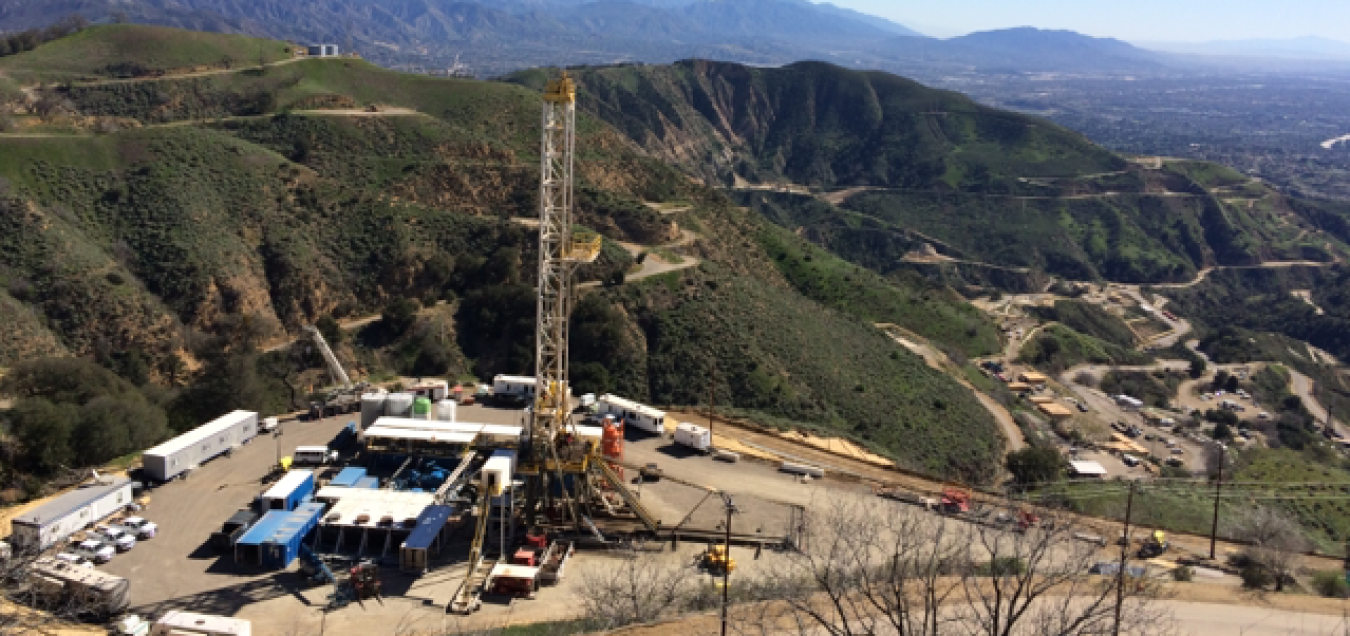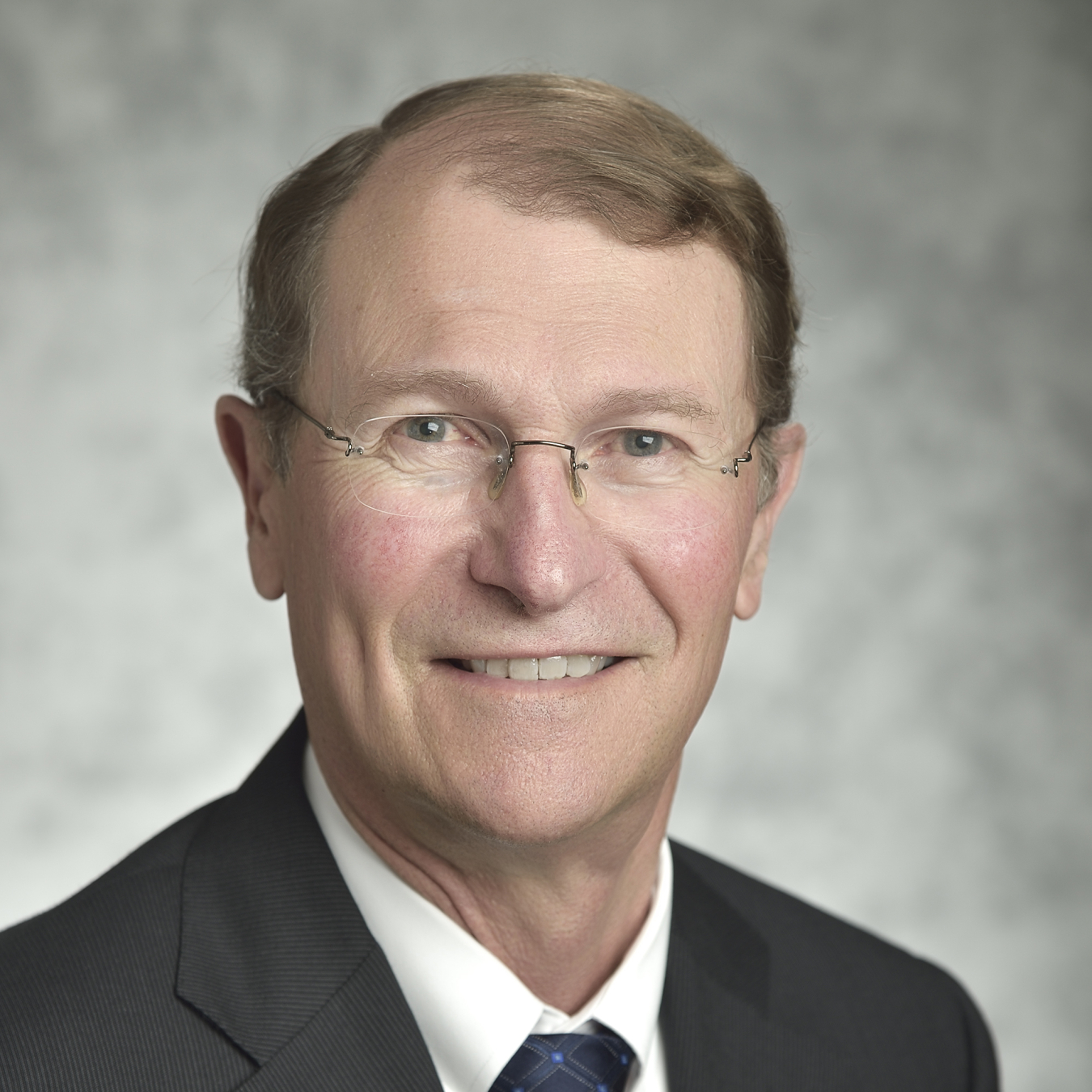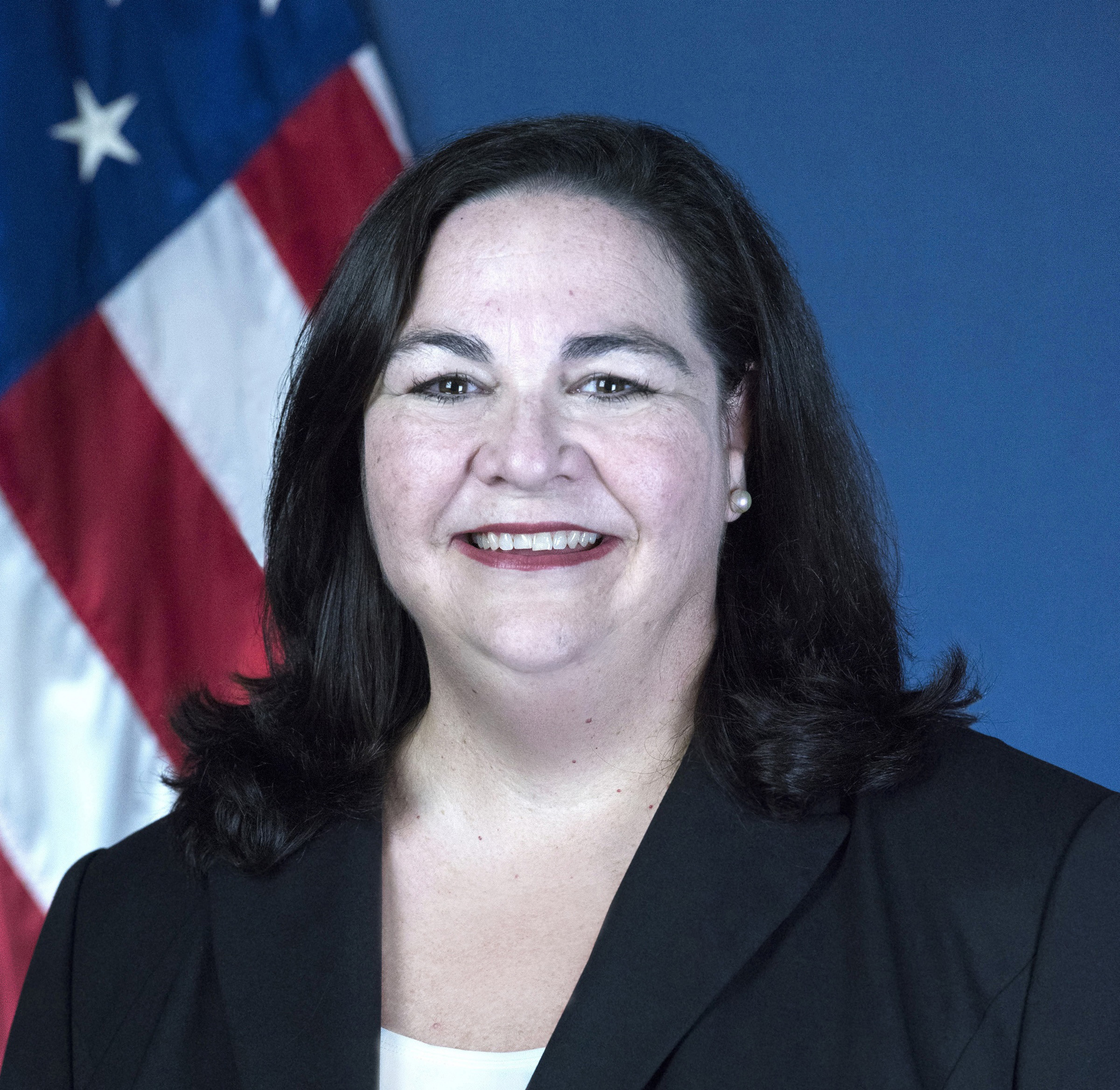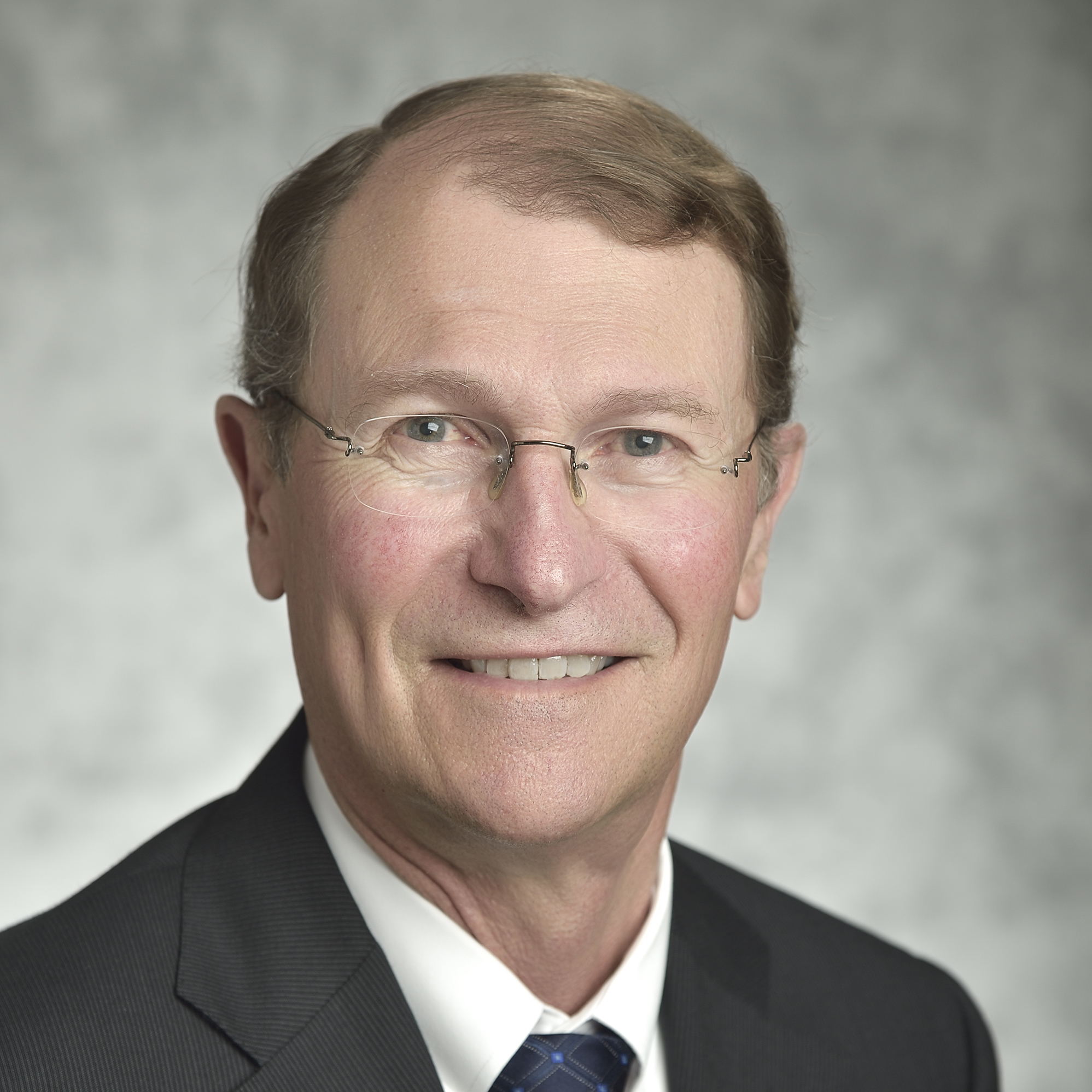Federal Energy Regulatory Commission (FERC) took action to reduce stress on Southern California’s electric grid
June 7, 2016
In April we announced the formation of a new Interagency Task Force on Natural Gas Storage Safety to look at how we can better ensure the safe storage of this energy resource following the natural gas leak at California’s Aliso Canyon site. Natural gas provides heat to millions of American homes and is anticipated to provide a third of our nation’s total electric power generation this year. It is necessary to provide communities with peace of mind that they can continue to count on natural gas to keep the lights on without facing events like the Aliso Canyon leak.
To that end, on June 1, in response to a request from California’s grid operator, the Federal Energy Regulatory Commission (FERC) took action to reduce stress on Southern California’s electric grid this summer, while Aliso Canyon remains closed as repairs and safety evaluations continue. Specifically, FERC accepted proposed tariff revisions intended to mitigate risks that could lead to power outages.
In addition, the Task Force is studying three primary areas: integrity of natural gas wells at storage facilities, vulnerability to energy reliability in the case of future leaks, and public health and environmental effects from natural gas leaks. We have scheduled the following workshops to hear from stakeholders:
- Technical Workshop on the Implications of Increasing Electric Sector Natural Gas Demand: Today, on June 7, DOE’s Office of Energy Policy and Systems Analysis is convening stakeholders from the gas and electricity sectors for an in-depth discussion on natural gas and electricity modeling and planning. An important element of that conversation is the role of underground gas storage facilities in ensuring reliability of electric power generation and heating during periods of high demand.
- Workshop on Well Integrity for Natural Gas Storage in Depleted Reservoirs and Aquifers: On July 12-13, DOE’s Office of Fossil Energy will hold a workshop in Denver with operators, regulators, and technical experts to examine the current state of wellbore integrity in underground gas storage fields, and to consider ways to reduce the possibility of future subsurface containment failures. Additional details are available here.
- Public Workshop on Underground Natural Gas Storage Safety Regulation: As PHMSA initiates regulatory actions to help ensure the safety of natural gas storage facilities, PHMSA will bring stakeholders, including federal and state agencies, industry, and interested members of the public together to increase the level of technical understanding of underground natural gas storage safety. The 1-day workshop is free of charge and will be webcast live. Additional information and registration details will be available here.
The Task Force is also gathering information about the public health implications of natural gas leaks. Task Force participants from the Environmental Protection Agency (EPA) and the Centers for Disease Control (CDC) have been in close contact with state and local officials in California as they study the health and environmental impacts of the Aliso Canyon leak. Those agencies will share findings with the Task Force in the months ahead. EPA is closely monitoring efforts to measure the climate effects of the greenhouse gases emitted during the Aliso Canyon leak and to design a plan to mitigate those effects.
The findings from all of the Task Force’s efforts will be summarized and made public later this year.
News
-
U.S. Secretary of Energy Chris Wright and Slovak Prime Minister Robert Fico today signed an Intergovernmental Agreement to advance cooperation on Slovakia’s civil nuclear power program.January 16, 2026
-
Building a more reliable and affordable electricity supply for American industry and families across the Mid-Atlantic U.S.January 16, 2026
-
Building A More Reliable And Affordable Electricity Supply For Americans In The Mid-AtlanticJanuary 16, 2026
-
The U.S. Department of Energy (DOE) today convened the first meeting of the National Coal Council (NCC) following U.S. Secretary of Energy Chris Wright's formal renewal of its charter.January 15, 2026
Franklin (Lynn) Orr

Dr. Franklin (Lynn) M. Orr served as the Under Secretary for Science and Energy from December 17, 2014 to January 20, 2017.
Dr. Franklin (Lynn) M. Orr served as the Under Secretary for Science and Energy from December 17, 2014 to January 20, 2017.
As the Under Secretary, Dr. Orr was the principal advisor to the Secretary and Deputy Secretary on clean energy technologies and science and energy research initiatives. Dr. Orr was the inaugural Under Secretary for the office, which was created by Secretary of Energy Ernest Moniz to closely integrate DOE’s basic science, applied research, technology development, and deployment efforts. As Under Secretary, he oversaw DOE’s offices of Electricity Delivery and Energy Reliability, Energy Efficiency and Renewable Energy, Fossil Energy, Indian Energy Policy and Programs, Nuclear Energy, and Science. In total, these programs steward the majority of DOE’s National Laboratories (13 of 17).
Prior to joining the Department of Energy, Dr. Orr was the Keleen and Carlton Beal Professor Emeritus in the Department of Energy Resources Engineering at Stanford University. He joined Stanford in 1985. He served as the founding director of the Precourt Institute for Energy at Stanford University from 2009 to 2013. He was the founding director of the Stanford Global Climate and Energy Project from 2002 to 2008, and he served as Dean of the School of Earth Sciences at Stanford from 1994 to 2002. He was head of the miscible flooding section at the New Mexico Petroleum Recovery Research Center, New Mexico Institute of Mining and Technology from 1978 to 1985, a research engineer at the Shell Development Company Bellaire Research Center from 1976 to 1978, and assistant to the director, Office of Federal Activities, U.S. Environmental Protection Agency from 1970 to 1972. He holds a Ph.D. from the University of Minnesota and a B.S. from Stanford University, both in Chemical Engineering.
Dr. Orr is also a member of the National Academy of Engineering. He served as a member of the Board of Directors of the Monterey Bay Aquarium Research Institute from 1987 to 2014, and was a member of the Board of Trustees of the David and Lucile Packard Foundation from 1999 to 2008, for which he has also chaired the Science Advisory Panel for the Packard Fellowships in Science and Engineering from 1988 to 2014. He served as a member of the 2008/09 National Research Council Committee on America’s Energy Future.
More by these authors
-
 Administrator, U.S. Department of Transportation's Pipeline and Hazardous Materials Safety Administration
Administrator, U.S. Department of Transportation's Pipeline and Hazardous Materials Safety Administration


